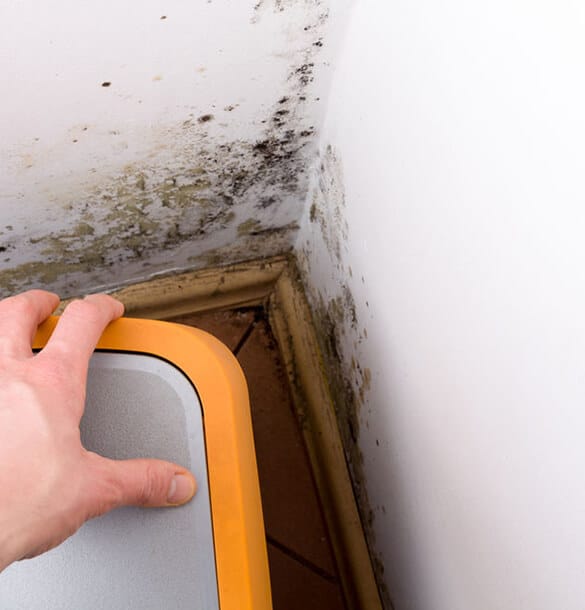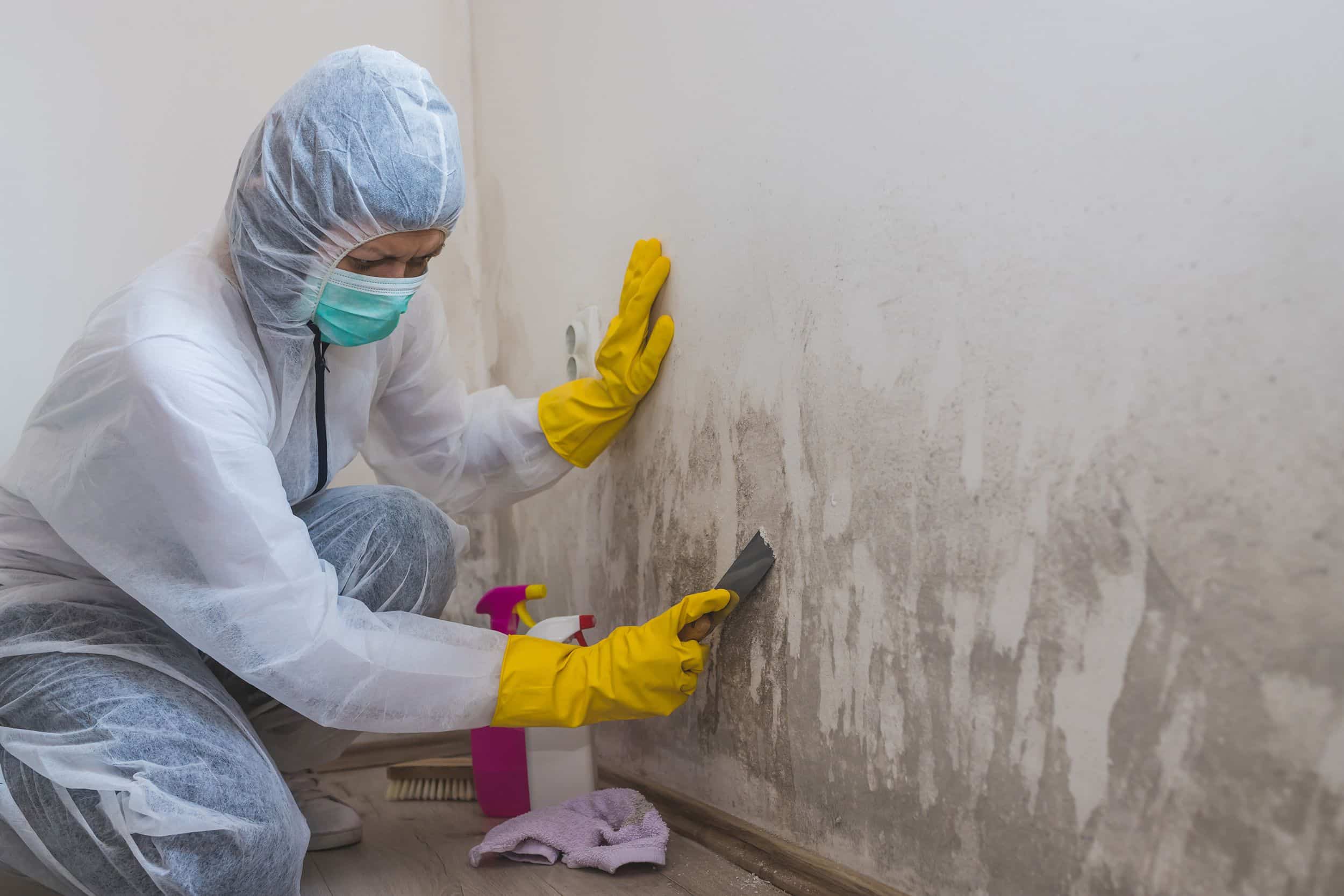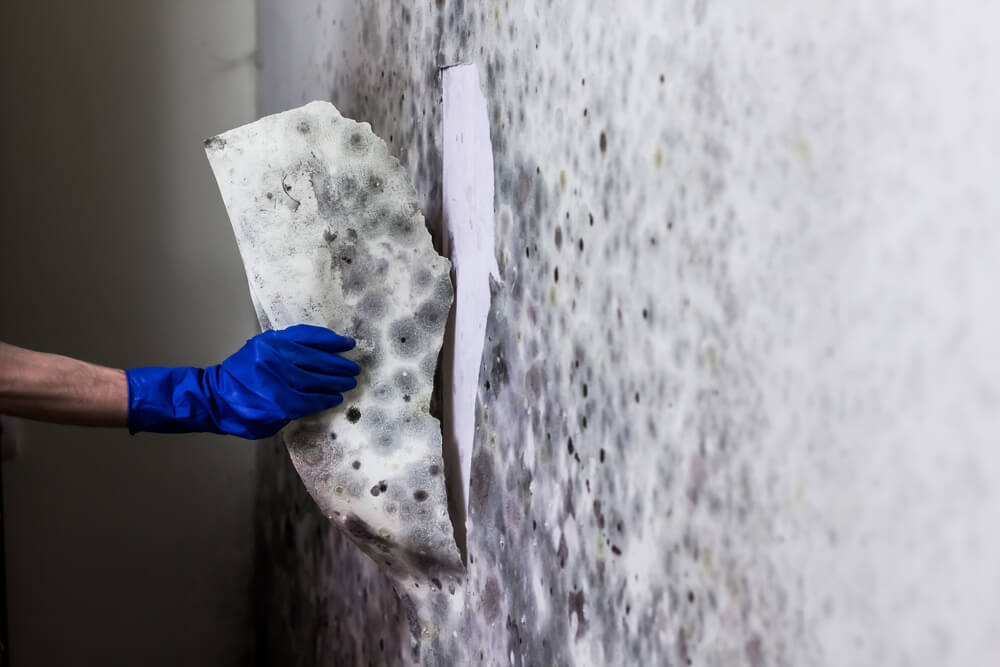Testing Air Quality After Mold Remediation
Wiki Article
Effective Message Mold Remediation Solutions for Your Home
Mold growth in homes can be a consistent issue, typically needing a methodical method for effective post-remediation remedies. From understanding the variables that add to mold and mildew growth to applying correct cleansing methods and moisture control measures, the procedure can be detailed yet critical for keeping a healthy living environment. Additionally, discovering all-natural remediation solutions and developing a regular for ongoing upkeep are crucial elements of an extensive mold removal technique. As property owners strive to address mold and mildew issues, finding one of the most effective solutions ends up being critical for the well-being of their families.Recognizing Mold Development Variables
The main element adding to mold growth is wetness. Mold spores call for wetness to sprout and grow, making damp or damp environments very susceptible to mold and mildew infestations.
In addition, air flow and light direct exposure can affect mold and mildew growth. Locations that lack correct air flow and natural light are extra susceptible to mold advancement. By dealing with these variables thoroughly, individuals can properly minimize mold development and secure their living environments.
Correct Mold Cleansing Techniques
Using reliable cleaning approaches is important in protecting against the reappearance and resolving of mold contamination in indoor settings. When handling mold, it is essential to focus on safety by wearing protective equipment such as handwear covers, masks, and goggles. The first step in correct mold and mildew cleansing is to consist of the damaged location to stop the spread of spores to uncontaminated locations. This can be accomplished by securing off the area and using air scrubbers or negative air makers to keep air quality.
Implementing Wetness Control Procedures
To successfully prevent mold and mildew growth and contamination in interior atmospheres, implementing dampness control steps is extremely important. In addition, guaranteeing proper air flow in areas vulnerable to moisture accumulation, such as kitchen Post Remediation Inspection near me areas and washrooms, can assist minimize the threat of mold and mildew development. By vigilantly implementing these dampness control steps, home owners can effectively minimize the likelihood of mold recontamination and maintain a healthy and balanced indoor environment.Utilizing Natural Removal Solutions
After efficiently applying moisture control actions to avoid mold and mildew development in indoor environments, house owners can currently explore the efficiency of all-natural removal remedies in maintaining a healthy space. All-natural removal remedies utilize ecologically friendly techniques to battle mold and mildew and mold, making them a popular choice for those seeking non-toxic options. One such option is making use of vinegar, a natural antimicrobial agent, to clean and disinfect surfaces polluted by mold and mildew. Just weaken vinegar with water and spray it onto the influenced locations, permitting it to rest for a couple of hours prior to wiping tidy. In addition, tea tree oil, recognized for its antifungal homes, can be blended with water and sprayed onto mold-infested surfaces to inhibit further growth. Another natural option is hydrogen peroxide, which can effectively kill mold and mildew on numerous surface areas without leaving dangerous deposits behind. By integrating these natural remediation services into their cleaning routines, property owners can efficiently fight mold development while advertising a much healthier indoor environment on their own and their households.
Preserving a Mold-Free Setting
In order to avoid mold and mildew recurrence and guarantee a continually mold-free environment, it is necessary for homeowners to execute aggressive upkeep practices. On a regular basis inspecting areas susceptible to mold and mildew development, such as bathrooms, kitchen areas, cellars, and attic rooms, is vital. Resolving any leaks, water damage, or excess moisture promptly can dramatically reduce the risk of mold development. Post Remediation verification. Appropriate ventilation in areas with high humidity degrees is additionally vital to avoid mold and mildew development. Using dehumidifiers or exhaust fans can help maintain optimum dampness degrees and prevent mold spores from flourishing.Furthermore, keeping sanitation in the home is vital for mold prevention. Keeping interior plants in check and making certain proper drainage in outdoor landscaping can reduce dampness accumulation, lowering the likelihood of mold infestations.
Final Thought
Finally, it is vital to deal with mold and mildew development factors, make use of proper cleansing techniques, implement wetness control measures, utilize natural removal services, and keep a mold-free environment in order to properly handle blog post mold removal in your home - Post Mold remediation cleaning. By following these techniques, you can protect against mold from persisting and make certain a healthy living atmosphere for you and your family members
The primary aspect adding to mold and mildew growth is wetness. Mold and mildew spores call for moisture to grow and germinate, making moist or wet environments extremely prone to mold and mildew infestations.To efficiently stop mold and mildew development and contamination in interior environments, executing wetness control procedures is extremely important. In addition, ensuring proper ventilation in areas susceptible to moisture accumulation, such as shower rooms and cooking areas, can aid lower the threat of mold and mildew development.After efficiently applying dampness control actions to protect against mold and mildew development in interior atmospheres, house owners can currently check out the efficiency of natural remediation solutions in maintaining a healthy living room.
Report this wiki page